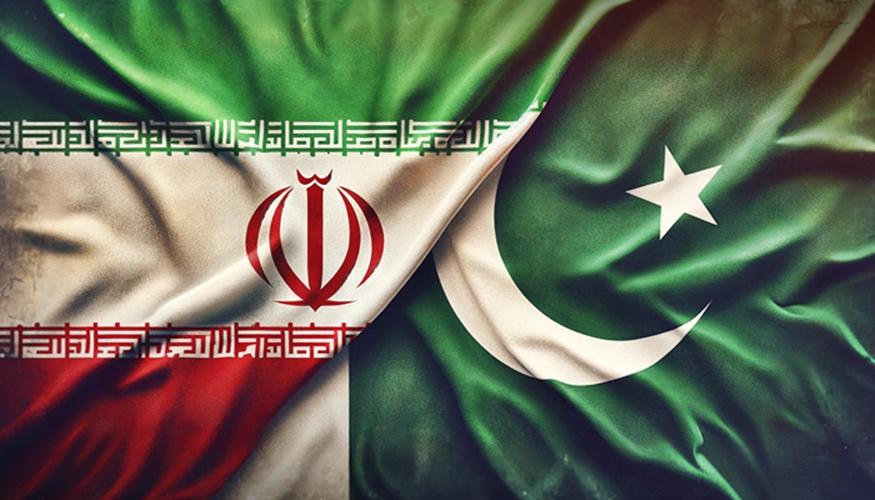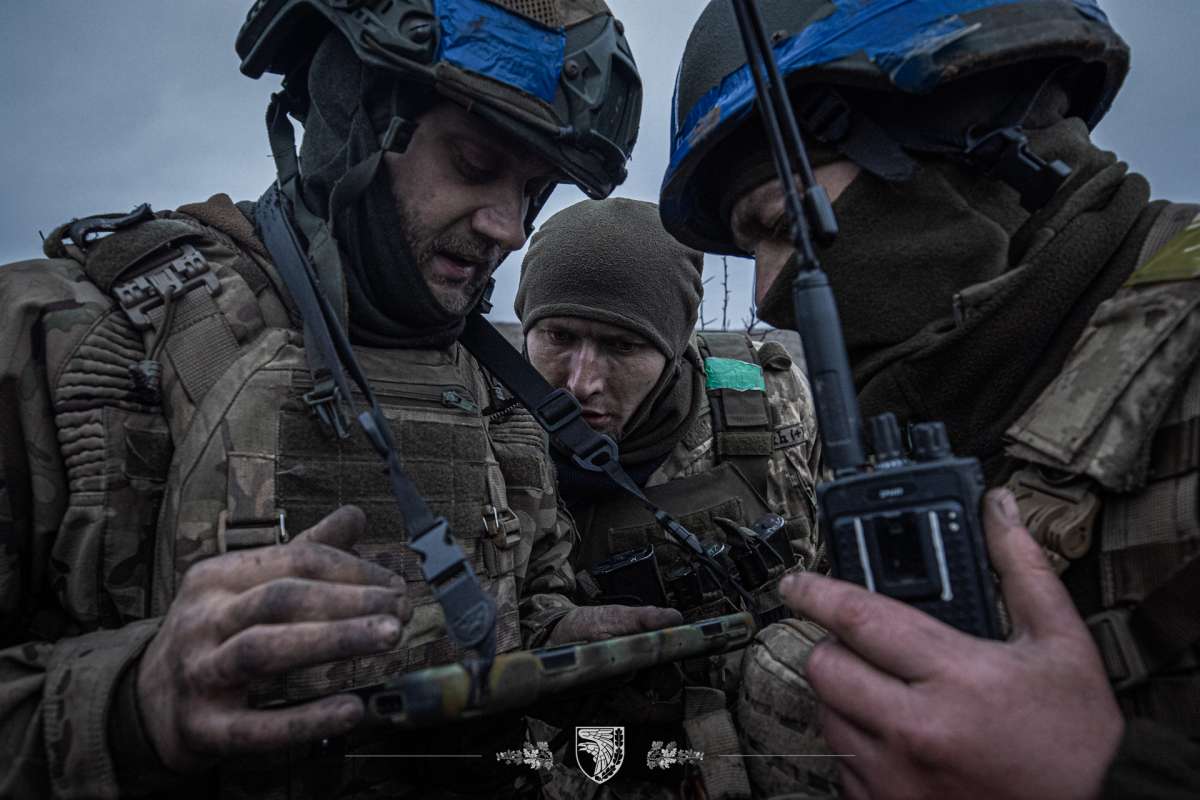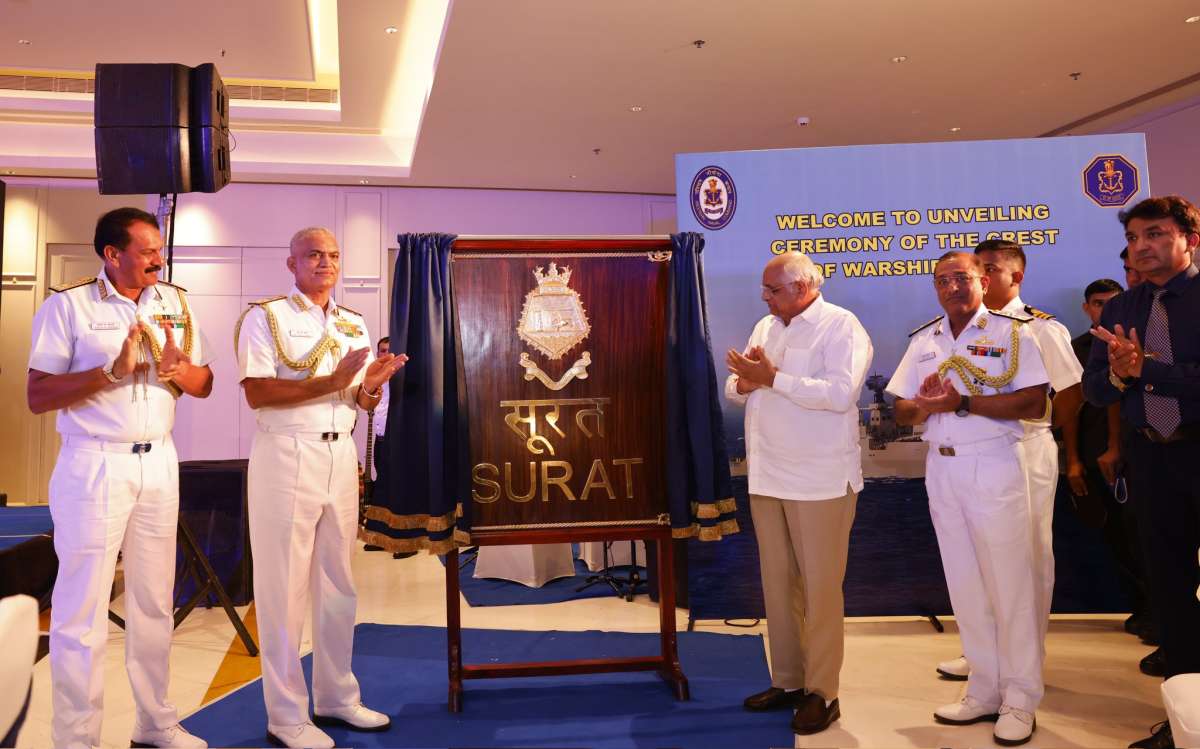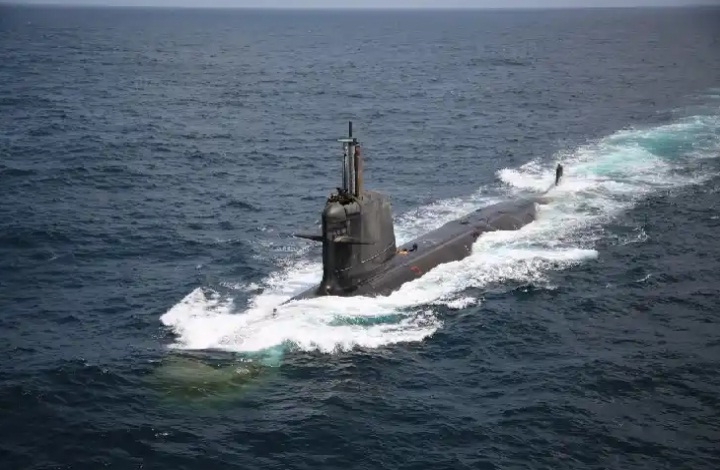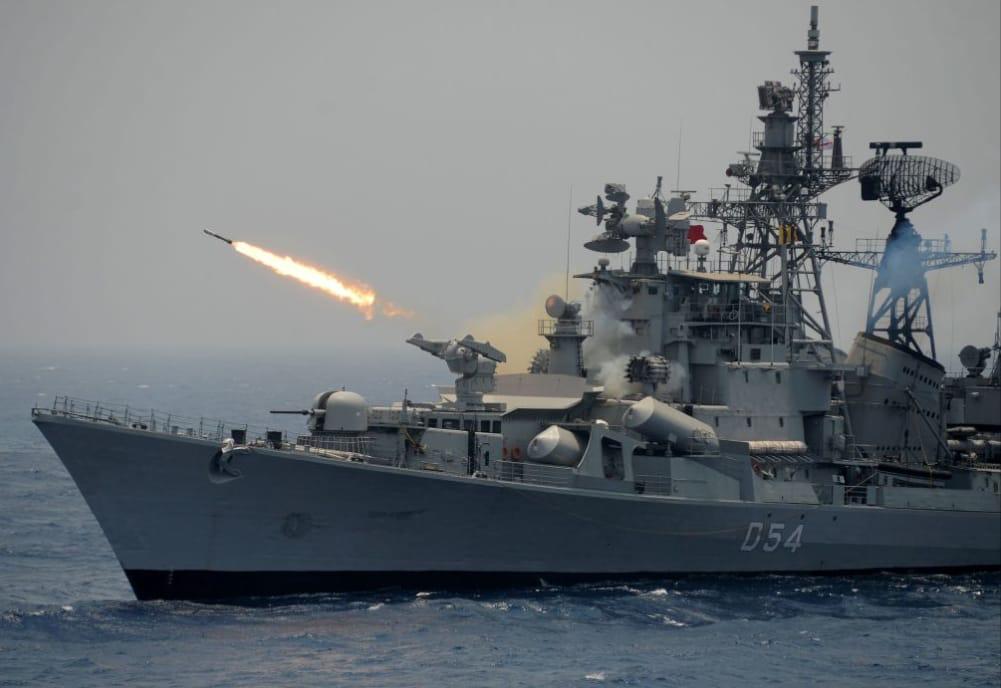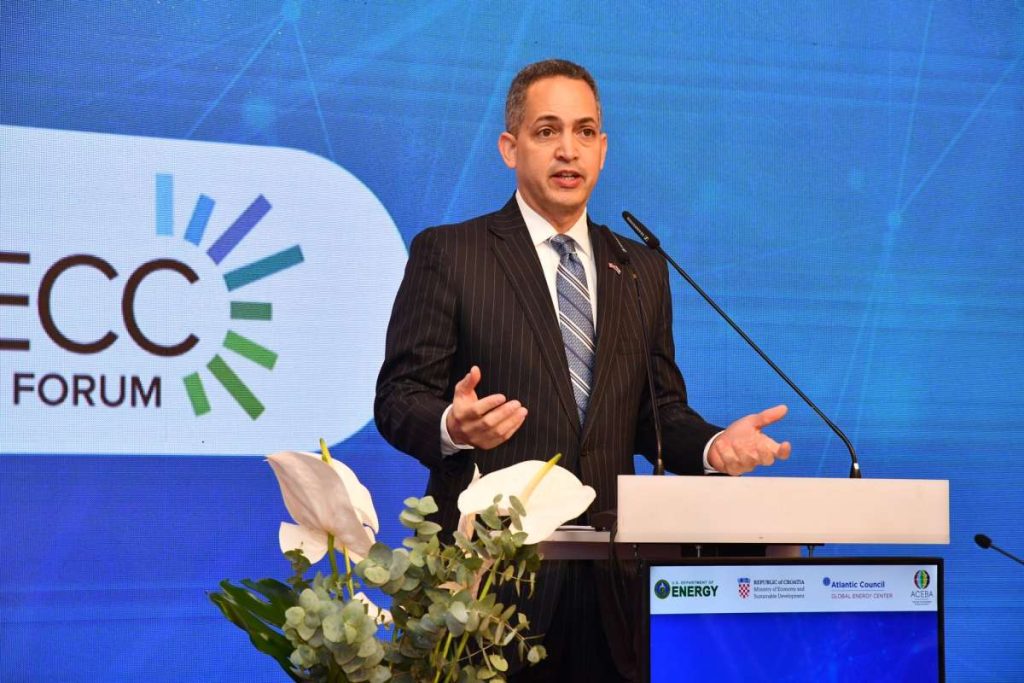Pakistan foreign minister talked to his Iranian counterpart over the phone and expressed country’s desire to work with Tehran based on the spirit of mutual trust and cooperation while stressing the close brotherly relations.
Pakistani Foreign Minister Jalil Abbas Jilani spoke with his Iranian counterpart Hossein Amir-Abdollahian and agreed to de-escalate the situation that emerged after strikes by both sides in each other’s territories, said the Pakistani Ministry of Foreign Affairs.
The Foreign Ministry said on Friday in a statement that Jilani talked to Amir-Abdollahian over the phone and expressed Pakistan’s desire to work with Iran based on the spirit of mutual trust and cooperation while stressing the close brotherly relations between Pakistan and Iran, Xinhua news agency reported.
Jilani stressed that respect for territorial integrity and sovereignty must underpin the cooperation, said the statement.
According to the Ministry, the two Foreign Ministers agreed that working-level cooperation and close coordination on counter-terrorism and other aspects of mutual concern should be strengthened.
Both Foreign Ministers also discussed the return of the ambassadors of the two countries to their respective capitals, the Ministry added.

Pakistan on Wednesday accused Iran of violating Pakistan’s airspace, killing two Pakistani children, after Iran hit some targets near the Pakistan-Iran border inside Pakistan.
Later on Wednesday evening, Pakistan recalled its ambassador from Iran and advised the latter not to send its ambassador to Islamabad.
On Thursday, Pakistan’s military announced that the country carried out effective strikes against hideouts inside Iran used by “terrorists” responsible for recent attacks in Pakistan.
ALSO READ: UN Chief Calls for Calm, Dialogue in Pakistan-Iran Row

